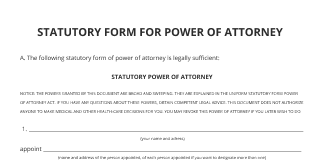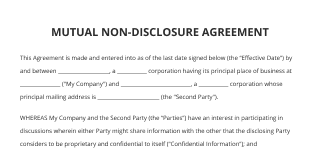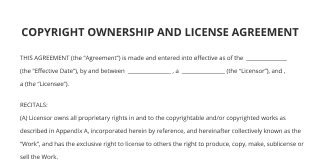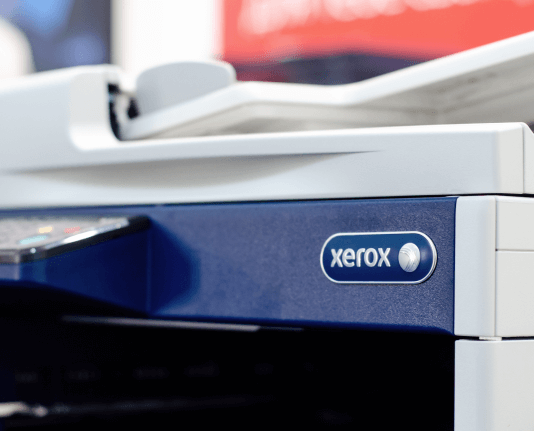What is the Difference between Proforma Invoice and Invoice
Move your business forward with the airSlate SignNow eSignature solution
Add your legally binding signature
Integrate via API
Send conditional documents
Share documents via an invite link
Save time with reusable templates
Improve team collaboration
See airSlate SignNow eSignatures in action
Understanding Proforma Invoices
A proforma invoice is a preliminary document sent to a buyer before the actual sale occurs. It outlines the goods or services to be provided, along with their estimated costs. This type of invoice serves as a quote and is often used in international transactions, where it can help facilitate customs clearance. Proforma invoices are not legally binding and do not demand payment, making them useful for negotiations and planning purposes.
Characteristics of Standard Invoices
A standard invoice is a formal request for payment issued after goods or services have been delivered. It includes detailed information such as the seller's and buyer's contact details, a description of the products or services, payment terms, and the total amount due. Unlike proforma invoices, standard invoices are legally binding documents that require the buyer to pay within the specified timeframe.
Key Differences Between Proforma Invoices and Standard Invoices
While both documents serve important roles in the sales process, they have distinct differences:
- Purpose: Proforma invoices provide an estimate, while standard invoices request payment for completed transactions.
- Legality: Proforma invoices are not legally binding, whereas standard invoices are enforceable contracts.
- Timing: Proforma invoices are issued before a sale, while standard invoices are issued after goods or services are delivered.
- Payment Terms: Proforma invoices do not include payment terms, while standard invoices specify when payment is due.
When to Use a Proforma Invoice
Proforma invoices are particularly useful in scenarios where a buyer needs to understand costs before making a commitment. They are often used in international trade to provide estimates for duties and taxes. Additionally, businesses can use proforma invoices to secure financing or to provide clients with a clear understanding of costs before finalizing a purchase.
When to Use a Standard Invoice
Standard invoices should be used once a transaction has been completed. They are essential for maintaining accurate financial records and ensuring timely payments. Businesses typically issue standard invoices after delivering products or services, making them crucial for cash flow management and accounting practices.
Best Practices for Managing Invoices
Efficient invoice management can enhance business operations. Here are some best practices:
- Keep Records: Maintain organized records of both proforma and standard invoices for accounting and tax purposes.
- Use Digital Tools: Utilize platforms like airSlate SignNow to create, send, and manage invoices securely and efficiently.
- Follow Up: Implement a follow-up system for outstanding invoices to ensure timely payments.
- Customize Templates: Create standardized templates for both proforma and standard invoices to streamline the process.
airSlate SignNow solutions for better efficiency
Our user reviews speak for themselves






Why choose airSlate SignNow
-
Free 7-day trial. Choose the plan you need and try it risk-free.
-
Honest pricing for full-featured plans. airSlate SignNow offers subscription plans with no overages or hidden fees at renewal.
-
Enterprise-grade security. airSlate SignNow helps you comply with global security standards.

What is the distinction between proforma invoice and invoice
Grasping the distinction between a proforma invoice and a conventional invoice is essential for proficient financial oversight. A proforma invoice serves as a preliminary bill of sale dispatched to purchasers prior to a shipment or delivery of goods, whereas a conventional invoice is an official request for payment once goods or services have been provided. This guide will assist you in navigating the process of utilizing airSlate SignNow for your document signing requirements.
What is the distinction between proforma invoice and invoice
- Launch your web browser and go to the airSlate SignNow homepage.
- Establish a free trial account or log into your current account.
- Choose the document you want to sign or send for signatures and upload it.
- If you intend to use this document again, transform it into a reusable template.
- Access your uploaded document and make any required modifications, such as adding fillable fields or inserting specific data.
- Sign the document and assign signature fields for the recipients.
- Click 'Continue' to set up and send an eSignature invitation.
airSlate SignNow provides a robust solution for organizations aiming to optimize their document signing workflows. With an extensive feature set that delivers excellent ROI, it is crafted to be intuitive and adaptable, making it perfect for small to mid-sized enterprises. Furthermore, the clear pricing structure guarantees no hidden charges, and exceptional 24/7 support is offered for all paid plans.
Begin enhancing your document signing experience today with airSlate SignNow and witness the advantages firsthand!
How it works
airSlate SignNow features that users love
Get legally-binding signatures now!
FAQs
-
What is the purpose of a proforma invoice?
A proforma invoice is a way for the buyer to show the seller how much they'll need to pay once they receive their goods or services. They're typically used when a buyer has confirmed the sale, but there are still a few details to iron out, such as quantity, materials, or delivery date. -
Can a proforma invoice be used as an invoice?
Yes, a pro forma invoice is a document that states the offer or preliminary bill from the seller to provide specific products at a given price. And unlike a commercial invoice, this document is not legally binding. -
What is the difference between proforma invoice and official invoice?
They're official documents that serve as proof of the transaction and have legal implications. Proforma invoices, however, are not legally binding. They're simply estimates that help you and your potential customers negotiate terms before finalizing a deal. -
Can a proforma invoice be paid?
Why payments cannot be made on proforma invoices. For starters, a proforma invoice is not an official document. This means that the customer isn't obligated to pay the amount on the proforma invoice. Proforma invoices don't meet the requirements for an invoice.
What active users are saying — what is the difference between proforma invoice and invoice
Related searches to What is the difference between proforma invoice and invoice
Get more for what is the difference between proforma invoice and invoice
Find out other what is the difference between proforma invoice and invoice
- How can I sign in to my Gmail account with airSlate ...
- Experience digital signing protection with airSlate ...
- Enhance your workflow with OneSpan e-signature
- Secure your software with a VeriSign code signing ...
- Secure your documents with signature encryption using ...
- Experience the power of HSM-secured signature for your ...
- Experience the ease of VeriSign electronic sign for ...
- Experience the power of PKI-secured signatures for ...
- Achieve peace of mind with S/MIME secure signature ...
- Enhance your security with PKI digital signatures for ...
- Simplify your signing process with crypto signature
- Secure your documents with a protected PDF signature
- Experience digital signature assurance with airSlate ...
- Experience the power of OneSpan electronic signature ...
- Enhance your documents with a blockchain signature for ...
- Unlock secure transactions with asymmetric encryption ...
- Get your certified PDF sign with ease and confidence
- Unlock the power of signature cryptography for secure ...
- Unlock the power of secure signing technique to ...
- Achieve non-repudiation signature with airSlate SignNow ...






























